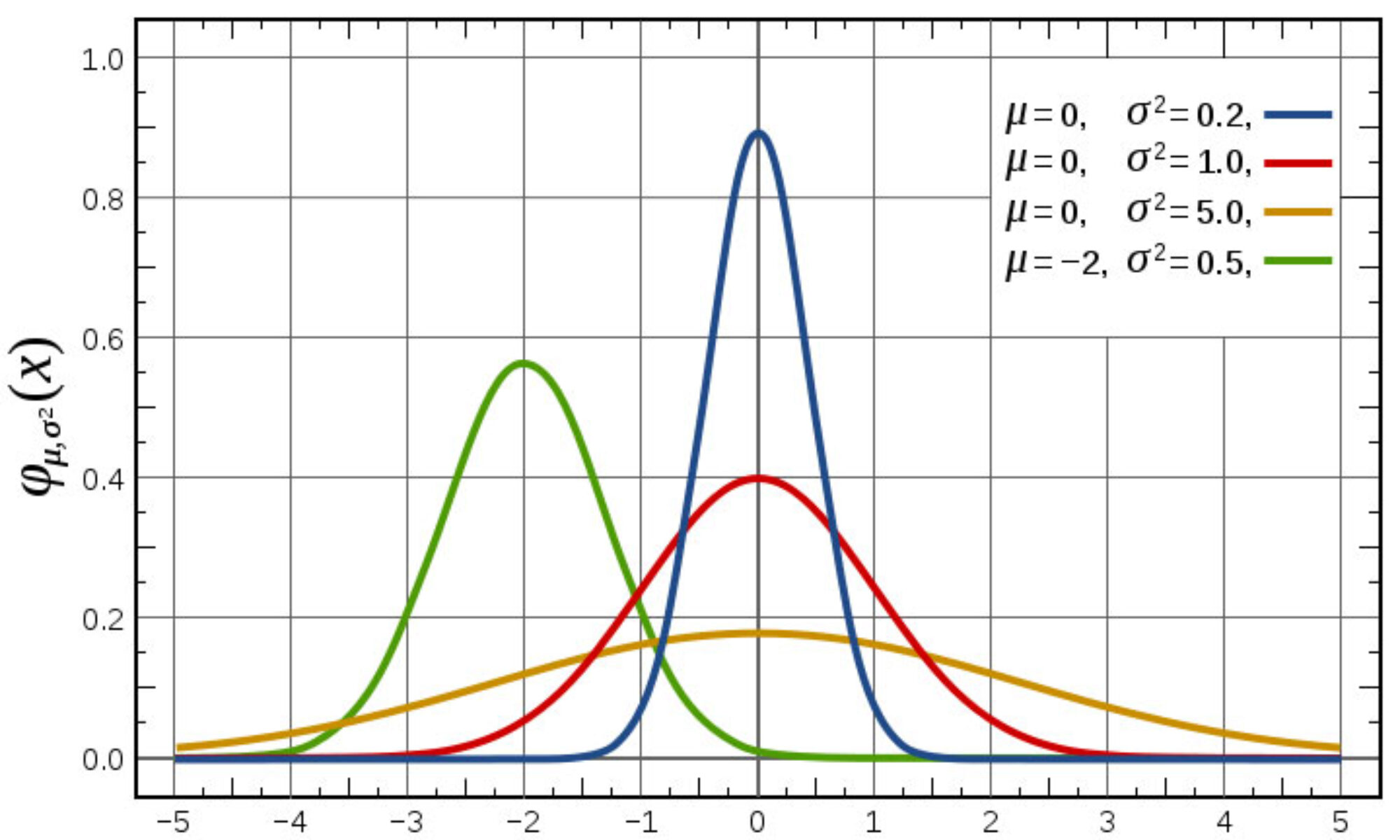Dear Finance 4366 Students,
Because of health-related issues in my family, our Finance 4366 class will not meet in person this week and will proceed asynchronously on March 12th and 14th.
I’ve uploaded a lecture for March 12th titled “Binomial Trees (2nd lecture)”. I will upload another lecture note by Wednesday at the latest for March 14th, completing the presentation of the Binomial tree and introducing American options. Since Finance 4366 will not meet in person this week, I expect everyone to watch and report on both lectures online. To earn attendance and participation credits, watch both lectures and submit synopses for each in PDF format via Canvas. The synopsis for the March 12th lecture is due at 5 pm on March 13th, and the synopsis for the March 14th lecture is due at 5 pm on March 15th. I have created two separate assignments for your lecture synopses that can be found on the course Assignments page on Canvas.
I will also be available for virtual (Zoom) office hours on Tuesday, March 12, and Thursday, March 14, from 3:30-4:30 p.m. If you like, you can also make an appointment on MW by typing “appointment.garven.com” in the address field of your device’s web browser.
Here are the links for the March 12 and March 14 lectures:
March 12 (Binomial Trees (2nd lecture)): https://mediaspace.baylor.edu/media/Binomial+Trees+%282nd+lecture%29/1_15th0kft
March 14: TBA



